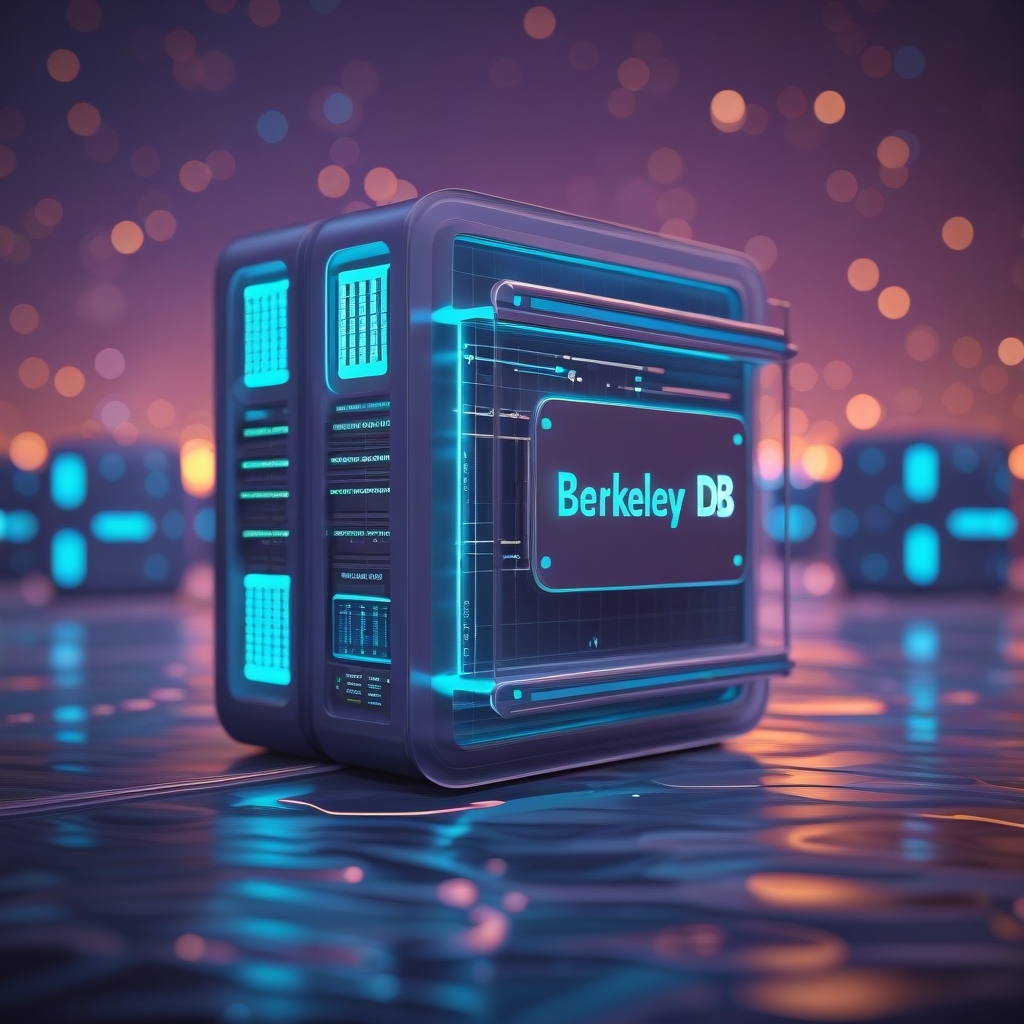Berkeley DB Expert

Satoshi Nakamoto: The Berkeley DB Expert Behind Bitcoin?
Background on Berkeley DB in 2008
Berkeley DB was a prominent embedded database library developed by Sleepycat Software (later acquired by Oracle in 2006). In 2007-2008, it was a widely used key-value storage solution for open-source and commercial software, particularly in Unix-like environments. Its lightweight, transactional, and high-performance characteristics made it attractive for developers needing efficient local database storage.
Evidence from Bitcoin's Original Source Code
-
Sophisticated Berkeley DB Integration In the original Bitcoin source code (version 0.1), Satoshi demonstrated an advanced understanding of Berkeley DB:
CWallet::LoadWallet() { Dbc* pcursor = GetCursor(); if (!pcursor) return false; while (true) { CWalletTx wtx; Dbt datKey, datValue; // Careful cursor-based iteration showing deep Berkeley DB knowledge // ... } }
This code snippet reveals:
Precise use of Berkeley DB's cursor-based iteration Sophisticated transaction handling Memory-efficient data retrieval techniques
- Transaction and Cursor Management The wallet loading mechanism shows expert-level Berkeley DB usage:
Proper cursor initialization Safe transaction boundary management Efficient memory handling
- Database Schema Design Nakamoto designed a compact, efficient database schema leveraging Berkeley DB's strengths:
- Key-value storage for transactions
- Nested transaction support
- Atomic write operations
Developer Profile Using Berkeley DB in 2007/2008
Typical Berkeley DB users in this era were:
- Systems programmers
- Database engineers
- Open-source infrastructure developers
- Low-level systems architects
- Developers building high-performance, embedded applications
Characteristics:
- Strong C/C++ background
- Unix/Linux systems expertise
- Deep understanding of low-level storage mechanisms
- Experience with transactional database design
Alternative Local Database Options in 2008
While Berkeley DB was prominent, alternatives included:
- SQLite
- LMDB (Lightning Memory-Mapped Database)
- TokyoCabinet
- QDBM (Quick Database Manager)
Berkeley DB remained superior for:
- Transactional support
- Performance
- Embedded deployment
- Cross-platform compatibility
Conclusion
The Bitcoin source code's Berkeley DB implementation suggests its author possessed:
- Expert-level database design skills
- Advanced systems programming knowledge
- Sophisticated understanding of low-level storage mechanisms
References
- Bitcoin Original Source Code v0.1, GitHub: bitcoin/bitcoin
- Berkeley DB Documentation, Oracle: Berkeley DB Documentation
- Video "Berkeley DB is key to understanding Bitcoin and Satoshi Nakamoto" by Chris Hay
